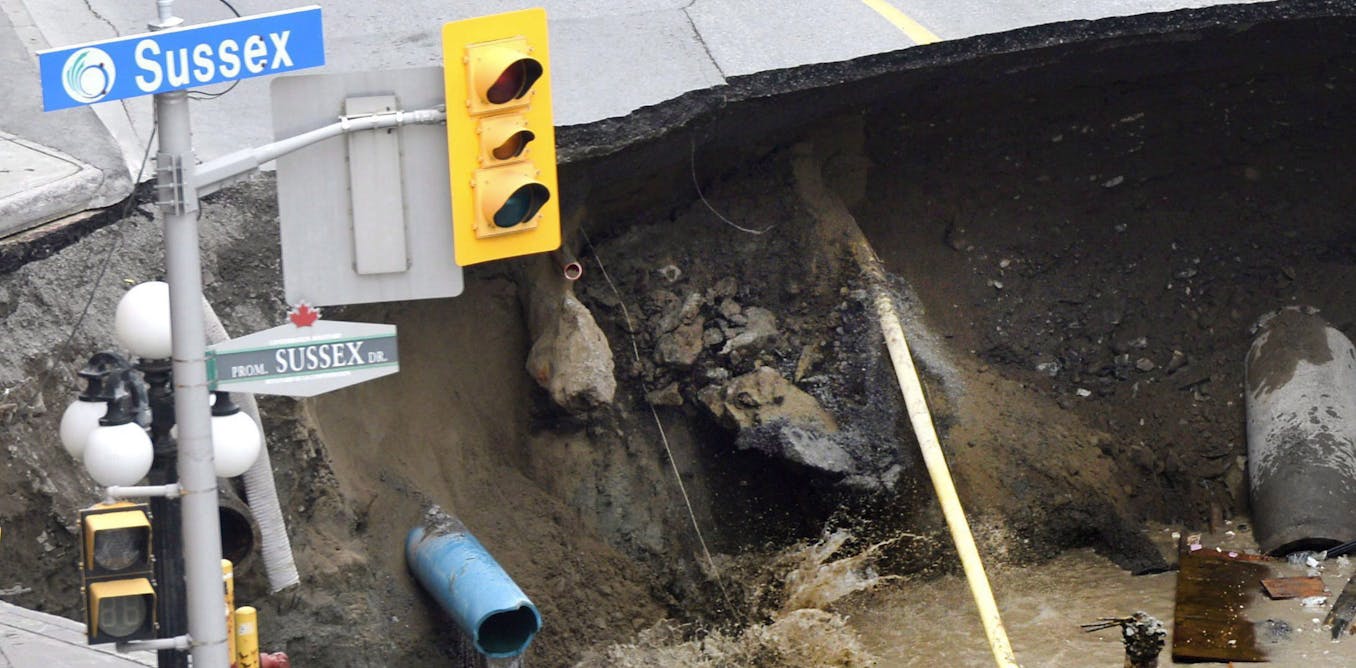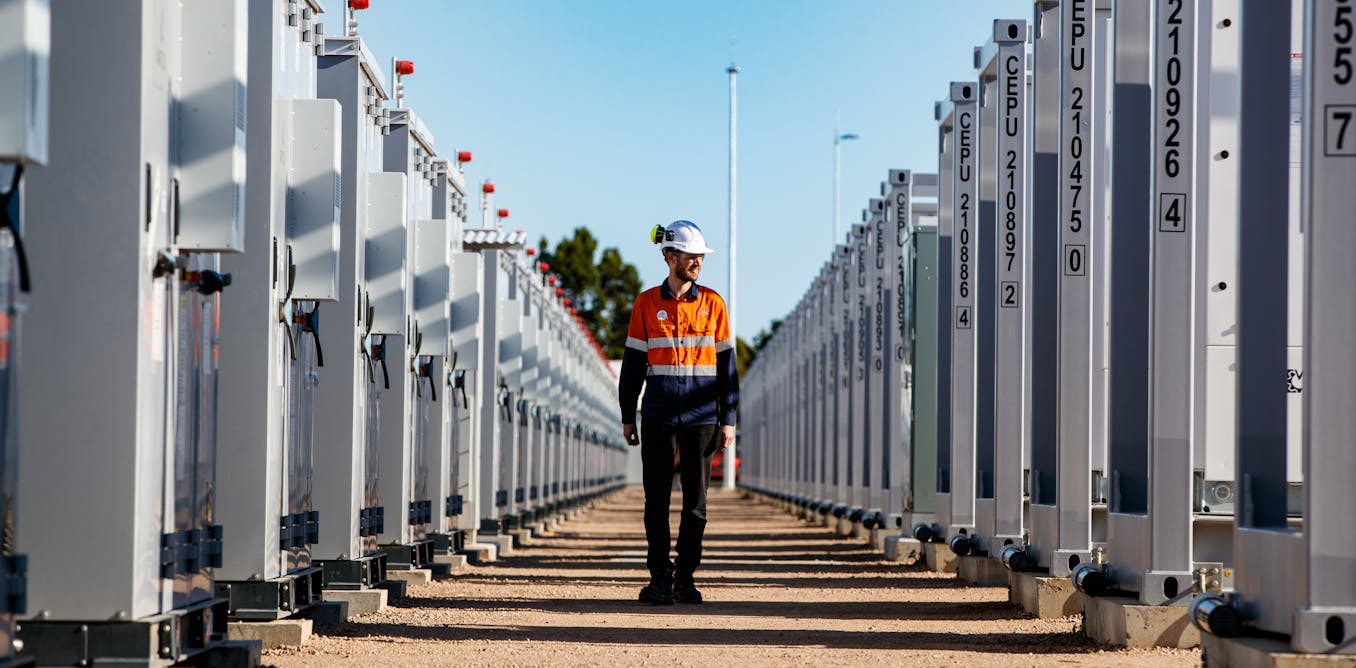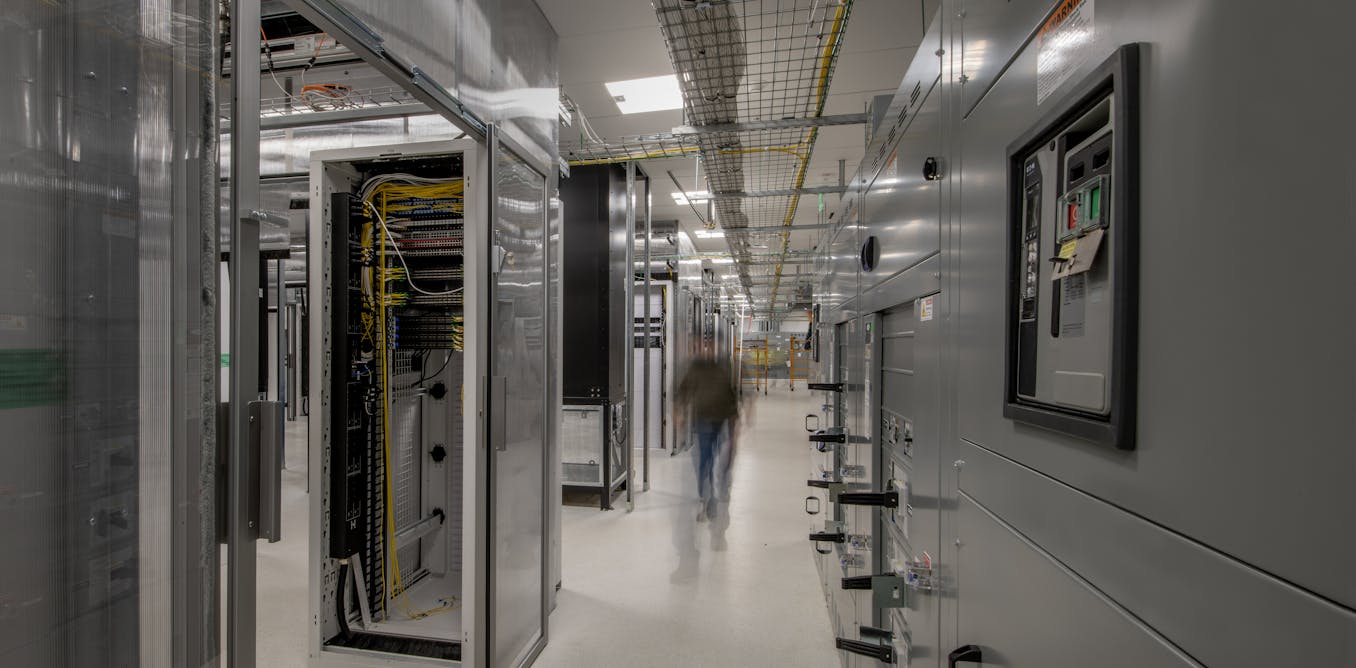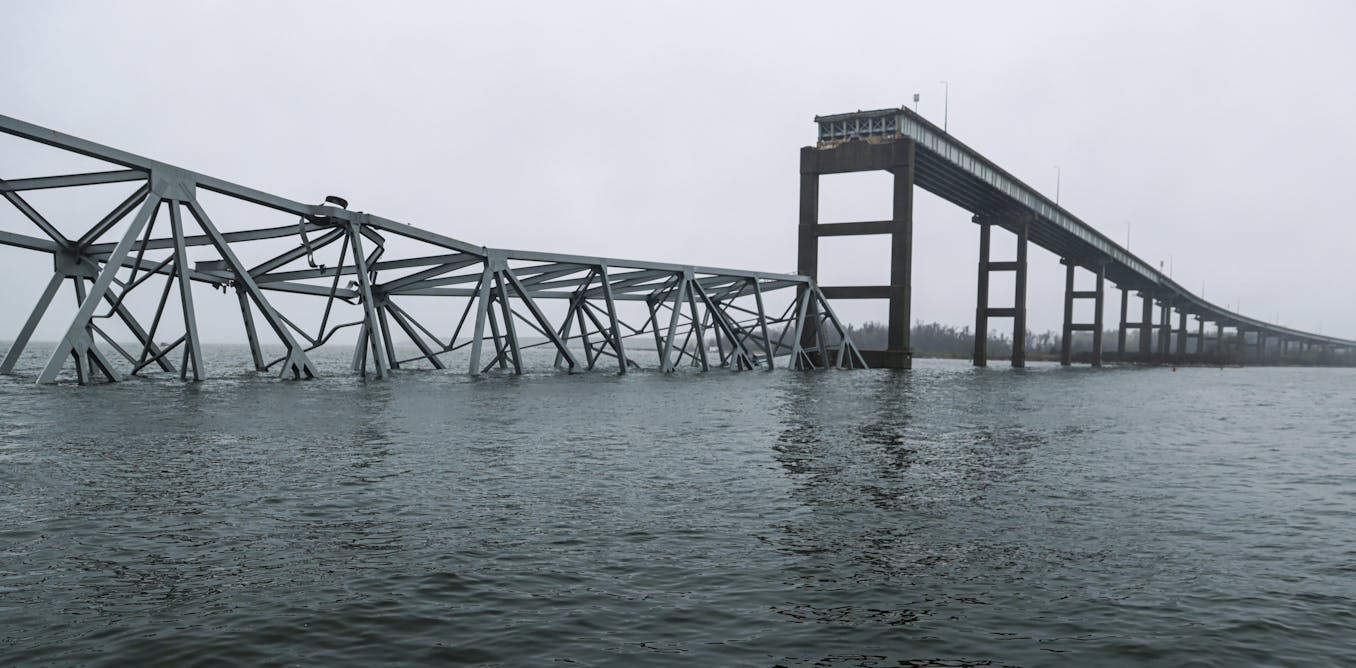In late April, the Miami-based rail company Brightline Trains broke ground on a project that the company promises will give the United States its first dedicated, high-speed passenger rail service. The 350 kilometer (218 mile) corridor, which the company calls Brightline West, will connect Las Vegas to the the suburbs of Los Angeles. Brightline says it hopes to complete the project in time for the 2028 Summer Olympic Games that will take place in Los Angeles.
Brightline has chosen Siemens American Pioneer 220 engines that will run at speeds averaging 165 kilometers per hour, with an advertised top speed of 320 km/h. That average speed still falls short of the Eurostar network connecting London, Paris, Brussels, and Amsterdam (300 km/h), Germany’s Intercity-Express 3 service (330 km/h), and the world’s fastest train service, China’s Beijing-to-Shanghai regional G trains (350 km/h).
There are currently only two rail lines in the U.S. that ever reach the 200 km/h mark, which is the unofficial minimum speed at which a train can be considered to be high-speed rail. Brightline, the company that is about to construct the L.A.-to-Las-Vegas Brightline West line, also operates a Miami-Orlando rail line that averages 111 km/h. The other is Amtrak’s Acela line between Boston and Washington, D.C.—and that line only qualifies as high-speed rail for just 80 km of its 735-km route. That’s a consequence of the rail status quo in the U.S., in which slower freight trains typically have right of way on shared rail infrastructure.
As Vaclav Smil, professor emeritus at the University of Manitoba, noted in IEEE Spectrum in 2018, there has long been hope that the U.S. would catch up with Europe, China, and Japan, where high-speed regional rail travel has long been a regular fixture. “In a rational world, one that valued convenience, time, low energy intensity and low carbon conversions, the high-speed electric train would always be the first choice for [intercity travel],” Smil wrote at the time. And yet, in the U.S., funding and regulatory approval for such projects have been in short supply.
Now, Brightline West, as well as a few preexisting rail projects that are at some stage of development, such as the California High-Speed Rail Network and the Texas Central Line, could be a bellwether for an attitude shift that could—belatedly—put trains closer to equal footing with cars and planes for travelers in the continental U.S.
The U.S. government, like many national governments, has pledged to reduce greenhouse gas emissions. Because that generally requires decarbonizing transportation and improving energy efficiency, trains, which can run on electricity generated from fossil-fuel as well as non-fossil-fuel sources, are getting a big push. As Smil noted in 2018, trains use a fraction of a megajoule of energy per passenger-kilometer, while a lone driver in even one of the most efficient gasoline-powered cars will use orders of magnitude more energy per…
Read full article: High-Speed Rail Finally Coming to the U.S.

The post “High-Speed Rail Finally Coming to the U.S.” by Willie D. Jones was published on 05/16/2024 by spectrum.ieee.org


































